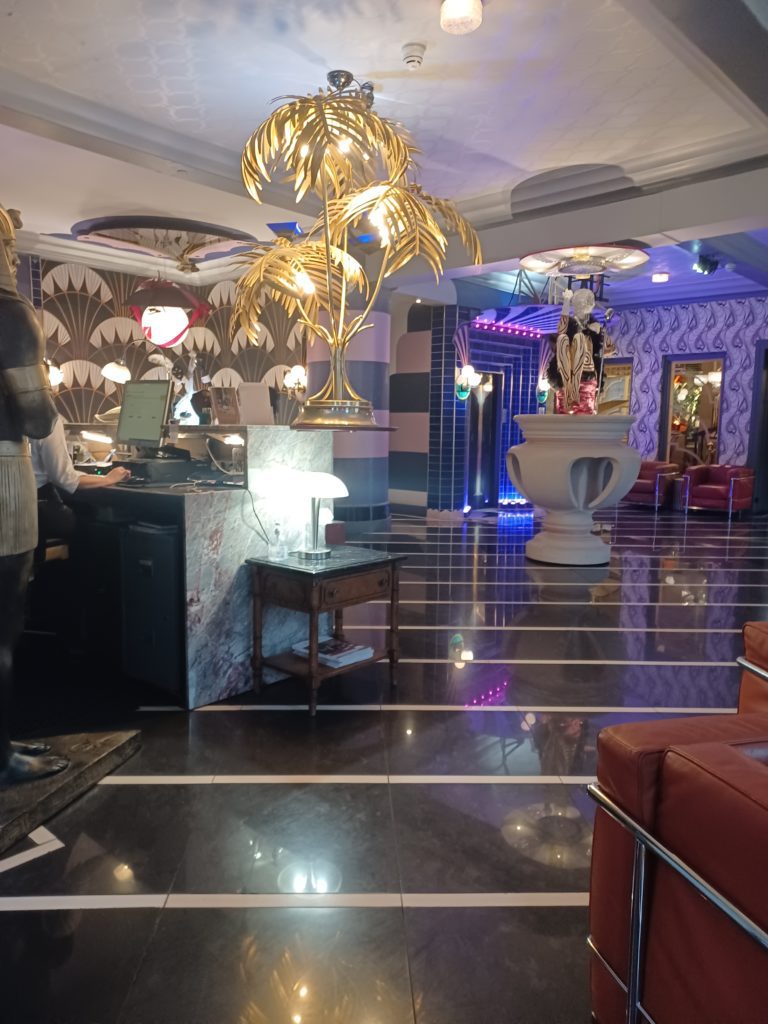
The best part of the town (as far as I know) to see evidence of its Georgian and later industrial heyday is in the area on, and around, South Parade, which leads from the edge of the town centre to the Racecourse. Alongside the wide road stand a number of late Georgian buildings, this road historically being a section of the Great North Road so that those in residence would see the stage coaches coming and going. At one point is a late Georgian square with residences on three sides with the trees, shrubs and grass in front facing the road, this quite possibly originally private to the residents but now a welcome pocket park. A number of blue plaques on the outside of buildings in the area make interesting reading.
Behind the residences north-east of South Parade is Town Fields, a large area of open grassland with a children’s playground and criss-crossed by paths, reminiscent of the Stray at Harrogate. Towards the south end of South Parade, and to its south, is a very fine municipal park Elmfield Park, well worth a walk round on a fine day. Nearby is the Danum (Doncaster’s Roman ancestor) Centre which includes the town’s museum, the best place now to learn about Doncaster’s industrial past.
South Parade leads to Bennetthorpe which leads to the roundabout beside the Racecourse, another large open grassy area.
In this area stands the Earl of Doncaster hotel, bar and cafe. The exterior of this large building shows architectural features which date it to the Art Deco period of the inter-War years. Inside (see above) is a blaze of garish proto-Art Deco style interior features. Clearly these are not original to the exterior but are a quite recent resolve to recreate the period interior. I like it, and find it really interesting, sort of other worldly.